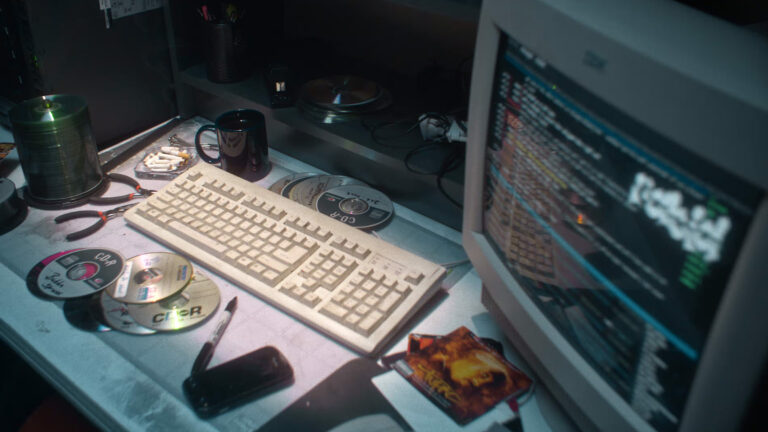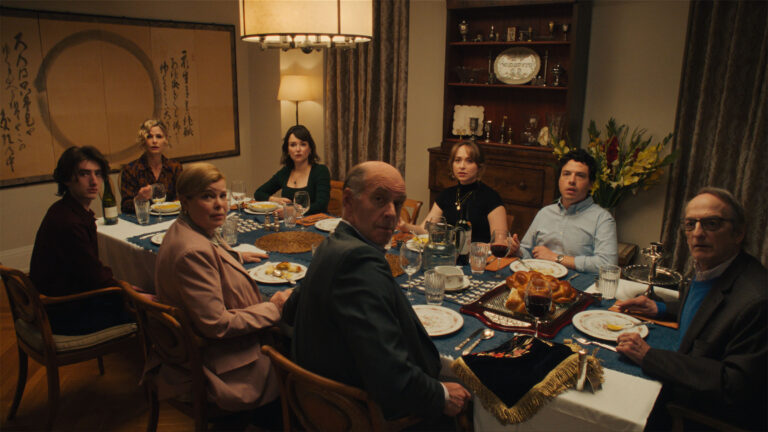So you think you’re a good editor, huh? How do you know?
What are the qualities of a good, or even GREAT editor? We reached out to the editing community to get feedback on this topic. We spoke with feature film editors, TV editors, and industrial video editors. I even pulled a tip or two from my own 20+ years of experience.
Now, there are many qualities that could make you a good or great editor. Your knowledge of various NLEs. Your grasp of storytelling. You ability to work well with directors. These are all valuable and worthy of discussion.
But let’s look at one quality of a great editor that many may struggle with.
There’s a Reason They Call it “Cutting”
Did you ever stop to think about all the filmmaking terms we use nowadays that harken back to a bygone era when movies were ONLY shot on film? Terms like reel, footage, b-roll, clips, and bins?
Well, there’s one other term that gets at the heart of today’s topic. Cutting.
Many of us find it hard to be really aggressive in our cutting. We leave in extraneous scenes because they’re too cool. Or we leave in extraneous soundbites because they sound so poignant (never mind they have nothing to do with the objective of the film or video you’re editing).
So one of the simplest ways to boost your quality as an editor is to learn the craft of the aggressive cut. (Notice I said simple, not easy. It may not be easy to get out of the bad habit of bloated editing.)
Know Your Audience
Zack Arnold, ACE, is a sought-after television editor who’s worked on shows like Glee, Burn Notice, Shooter, and Empire, and he’s the creator of Optimize Yourself. When I asked him his take on this topic, he had this to say.
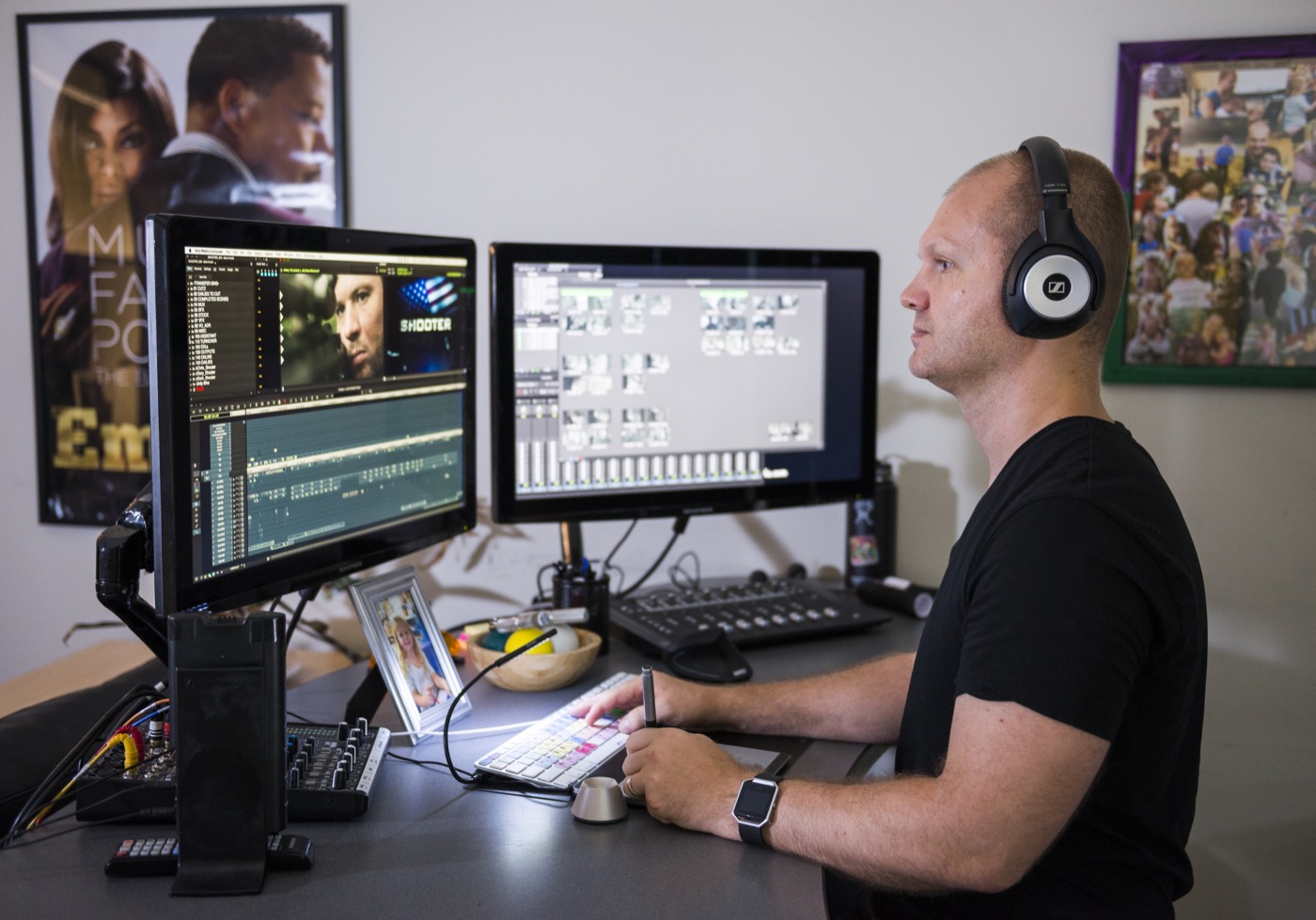
“To be a successful editor you only have to be good at two things. Number one, you have to know where the audience’s attention is at any given moment within the frame. Number two, you have to understand what the audience is feeling during every minute, second, and frame.
“If there is any given moment of your project where you aren’t 100% confident about where your viewer’s attention lies and what they’re feeling, you either need to make a change or make a cut. There is no room for fat in your final product. Master these two skills and you can edit anything.”
What I love about this advice is that is gives you a baseline from which to work. You can quickly ask yourself one the question Zack recommends, and if the answer is no, look for the solution (and probably that solution is to cut).
Protect the Story
If you want to grow as a storyteller in this medium, one of the most important things you can learn is the discipline of cutting out anything and everything that is not absolutely needed to contribute to the story (or to communicate the message if it’s a commercial production).
I’ve known Christine Haslett for over 20 years. She’s a feature animation assistant editor who’s worked on films like How to Train Your Dragon, Home, Trolls, and now Trolls 2. Christine had a take on editing that particularly resonates with me. She touches on the importance of story when making key editing decisions.
“When making that final edit, you will be faced with some tough decisions, and sometimes you will need to defend your choices. So revisit the script, but also consider the story that was shot.”
Here’s why this is important. As you go through an edit cutting and chopping away, use the story as a basis for defending your choices. Think about why and how your decisions support the overall story. Be prepared to show how a clip, if left in, drags the story, but when removed, propels it forward. And when in the process of considering the story, take both the written word and the actual footage into consideration. The version of the story that’s captured on set never perfectly matches the script. And the editor has to take these two versions of the story and meld them into a third.One may better inform you where to take the edit.
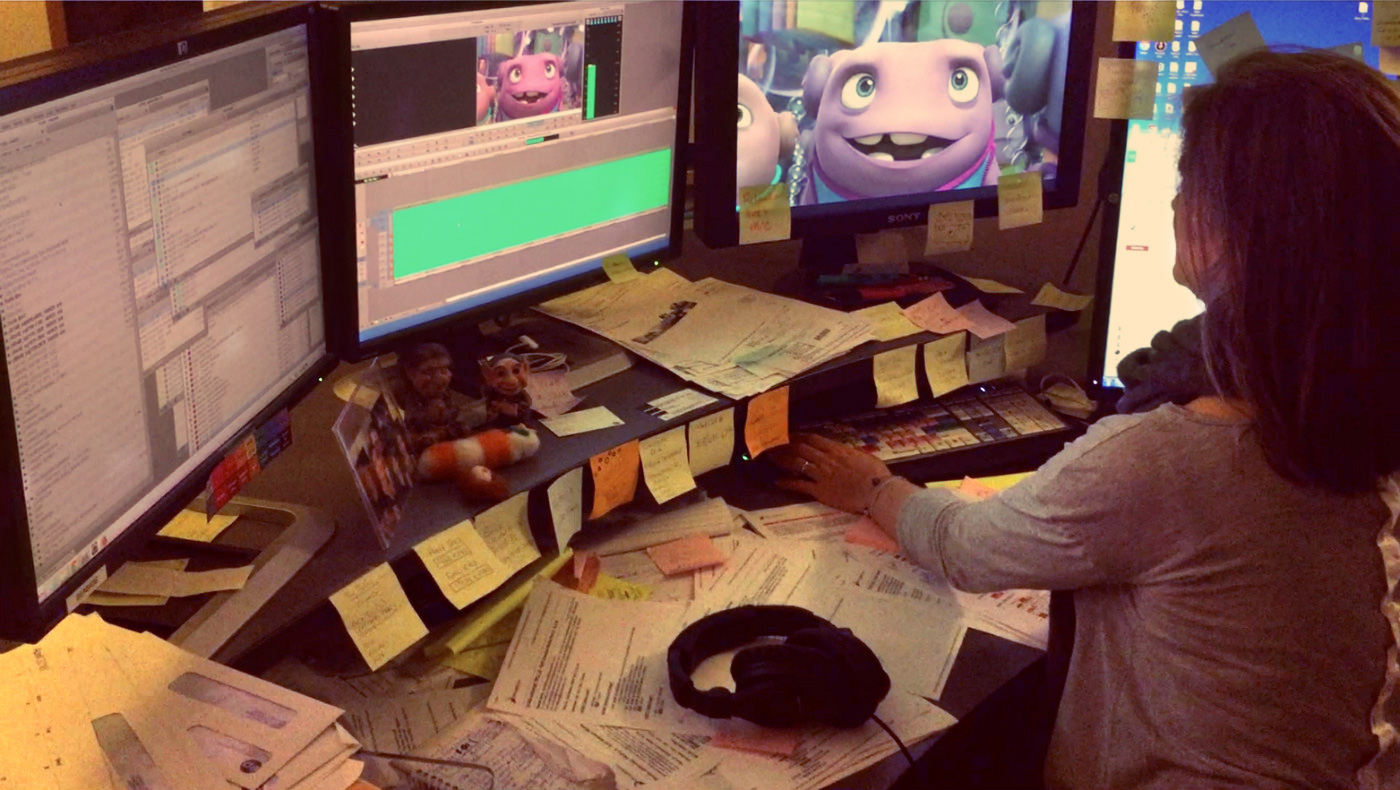
If this sentiment sounds familiar to you it’s probably because Oscar-winning editor John Gilbert said something very similar during my interview with him. When John goes about making a version of the film based on what feels right to him, he’ll also make a point to ensure he’s made a version that conforms to the screenplay. As John put it, “You gotta honor the script. People have spent a lot of time [on it].”
Christine concludes, “Your responsibility is to protect and propel the story. Try lifting shots and scenes that seem to flat-line the film’s momentum. The story is more important than seamless cuts.”
In other words, we have to make sure that we don’t lose the forest for the trees.
Cut the Fat. Be Aggressive
A long time ago when I was just a filmmaking babe, an indie filmmaker friend of mine once gave me this advice:
“Cut your films down to as short as you possibly can, then once you’ve done that, cut them down some more.”
I always keep that advice in the back of my brain when I’m editing a project. I often have to whittle hours of footage down to just a few minutes. That means every shot, every soundbite, needs to be just right. The more “fat” left in a short film, the greater the chance of losing your audience. And in today’s world with so much competition vying for people’s attention, every second counts.
No doubt many of you know of Scott Simmons. He’s a popular blogger on ProVideoCoalition, instructor, and expert in at least the three main NLEs (FCPX, Premiere Pro, and Avid Media Composer). Scott’s advice to me on this topic was in line with this aggressive approach.
“Editors have to cut the ‘fat’ and by doing that they have to remove themselves from the politics of the job, the difficulties of the shoot and all those outside influences, to get the best story that is true to the editor’s heart. Only then can the editor present the cut with their best foot forward. After that the editor is usually working for the client so some of that fat might have to be added back; but be ready to defend your decisions and know why you do what you do.”
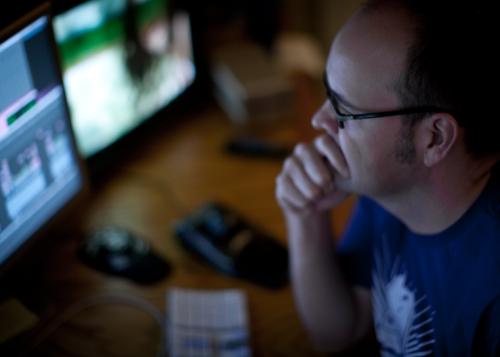
So, how does one go about cutting the fat? Here are some tips from my own experience that I’ve found helpful:
- Every frame counts: I get so detailed in my cutting, that I’ll shave off individual frames from some shots. So I’m literally saving off fractions of a second. But those fractions add up over a four, six, or ten-minute film.
- Cut out “ums” and “uhs”: most of my work is primarily comprised of b-roll over dialog from interviews. There’s no reason to keep the “ums” and “uhs” that people say when they’re trying to remember something, or if they’re stuttering over their words, etc. Not only can you shave quite a bit of time out, but your subject will be happy you made them sound more intelligent.
- Don’t repeat: often I’ll interview a series of people all talking about the same topic (e.g. employees at a company; experts for a documentary; etc.) Inevitably, they will all at some time make a similar or identical point. For the most part, I’ll use the best soundbite from just one of them as it relates to that one point. However, this is not a hard and fast rule. There may be times when you want to include a very specific aspect that every single person mentioned, and string them all together to make a strong point.
- Aim for a specific length: it helps if you aim for a specific length of time. For a web promo, I shoot for 2-2.5 minutes with 4 minutes being tops. Most broadcast TV commercials have to be exactly 29.5 seconds. In Hollywood, studios are always imposing strict running times. If you’re committed to a set time length, that will force you to make the hard choices to cut out what isn’t absolutely needed.
- Save longer versions along the way: in my process of cutting down the films I work on, I’ll duplicate the sequences I create, then rename them with sequential numbers (e.g. promo pass dump, promo pass 1, promo pass 2, etc.) The “dump” sequence is the very first dump of all the footage and synchronized audio. Each subsequent pass is shorter than the last. This frees me to be really aggressive with my trimming because I know that I can go back if I’ve trimmed too much.
- Be mindful of the message: if you’re creating a commercial piece meant to communicate a message, always keep that message in mind. Every soundbite and visual needs to contribute to the story of that message. If it doesn’t, cut it.
- Split it up: sometimes you can split a video into multiple parts if you feel that the information you have is too important to leave out, but adding it back in will make the piece too long. For my clients, I will almost always have a complementary shorter video that has additional interview footage (e.g. customer testimonials). Think of them as “special features.” It gives the viewer the option to dive deeper into a specific topic if they want, while keeping the main promo short and tight.
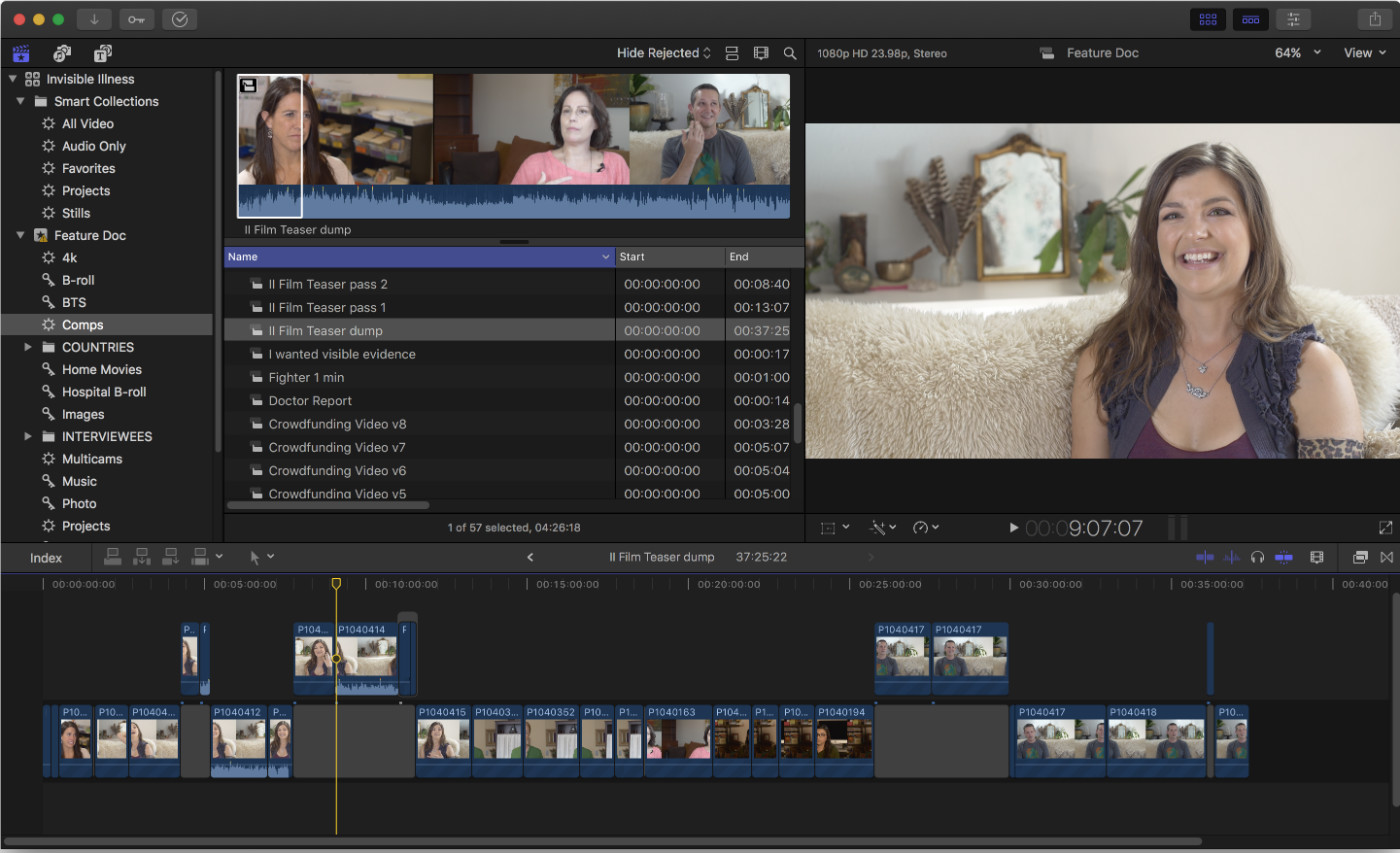
Keep in mind that the human eye and ear are amazing. We can actually take in quite a bit of information in a relatively short amount of time. Use that to your advantage. Sometimes all you need is a few frames to communicate a world of information. Which is a great segue into my next point.
Every Frame a “Painting”
Renowned video essayist Tony Zhou produces the popular series “Every Frame a Painting.” His videos garner millions of views as he provides insightful analyses of popular tropes, artists’ works, and cinematic philosophies. To prepare for an interview of long-time Edgar Wright editor/collaborator Paul Machliss, I recently revisited one of Tony’s most popular videos, “How to do Visual Comedy” (between YouTube and Vimeo, this installment of the series has over 5 million views.) In it, Tony praises and analyzes the work of the aforementioned comedic filmmaker and visual auteur Wright (Scott Pilgrim vs. The World, Shaun of the Dead, Hot Fuzz, and most recently, Baby Driver). Towards the middle of the episode, Tony makes the case for the level of Wright’s creativity, even in something as simple as showing a main character traveling from one part of town to another. Instead of boring 2nd unit b-roll of a car driving across town, combined with equally boring generic helicopter footage, Wright uses the visual medium in a way that demonstrates his command of the cinematic language.
I bring this video up as an example because it illustrates just how much information can be communicated in literally a split second. Tony references a 15-second montage of clips showing Simon Pegg’s character from Hot Fuzz traveling across town. He makes a point that this montage is not just a series of quick cuts, but represents a lot of good visual storytelling. As quoted from the video:
“These two taxi shots tell you exactly where we came from and where we’re going.”
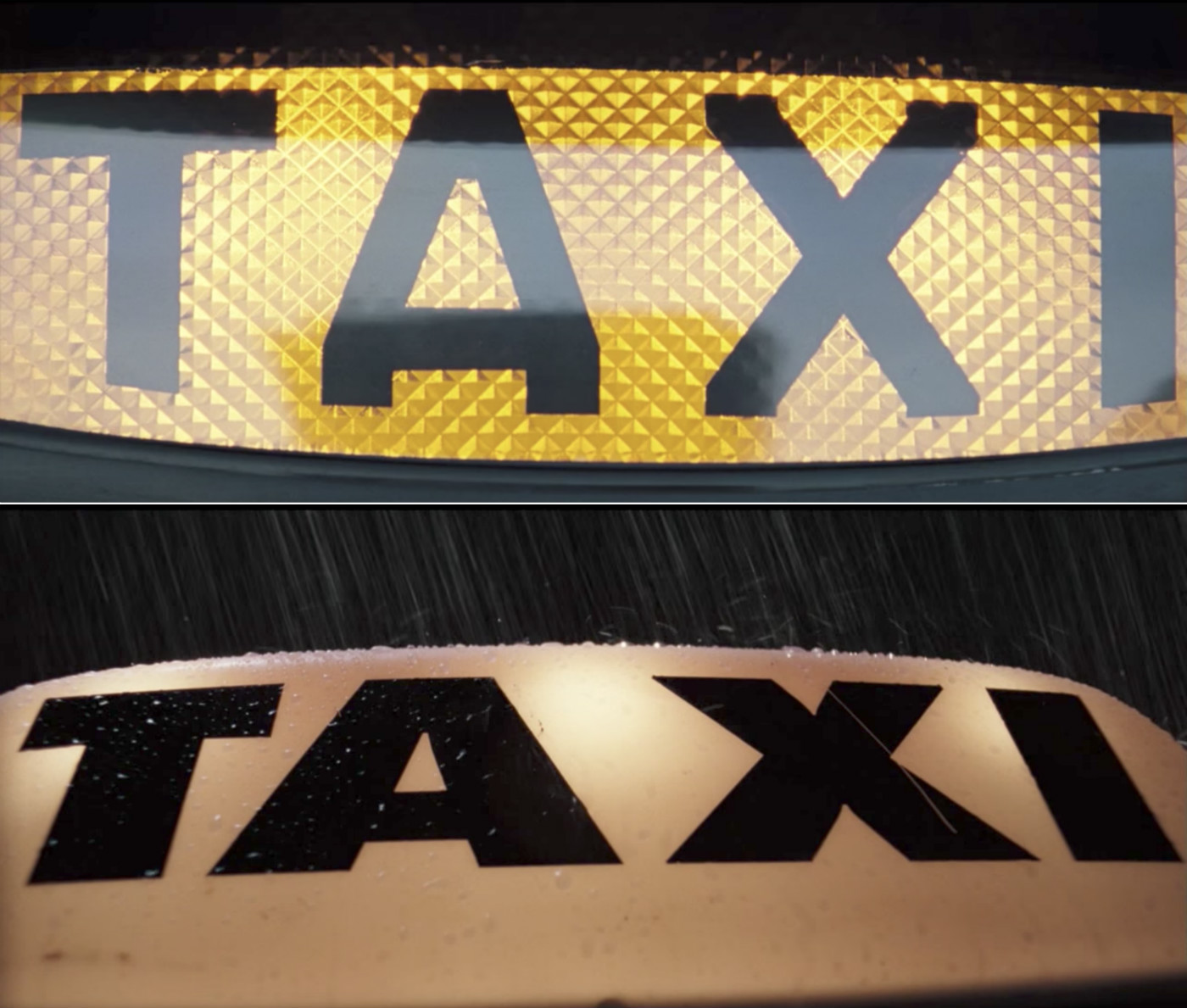
“These two shots emphasize the move away from civilization.”
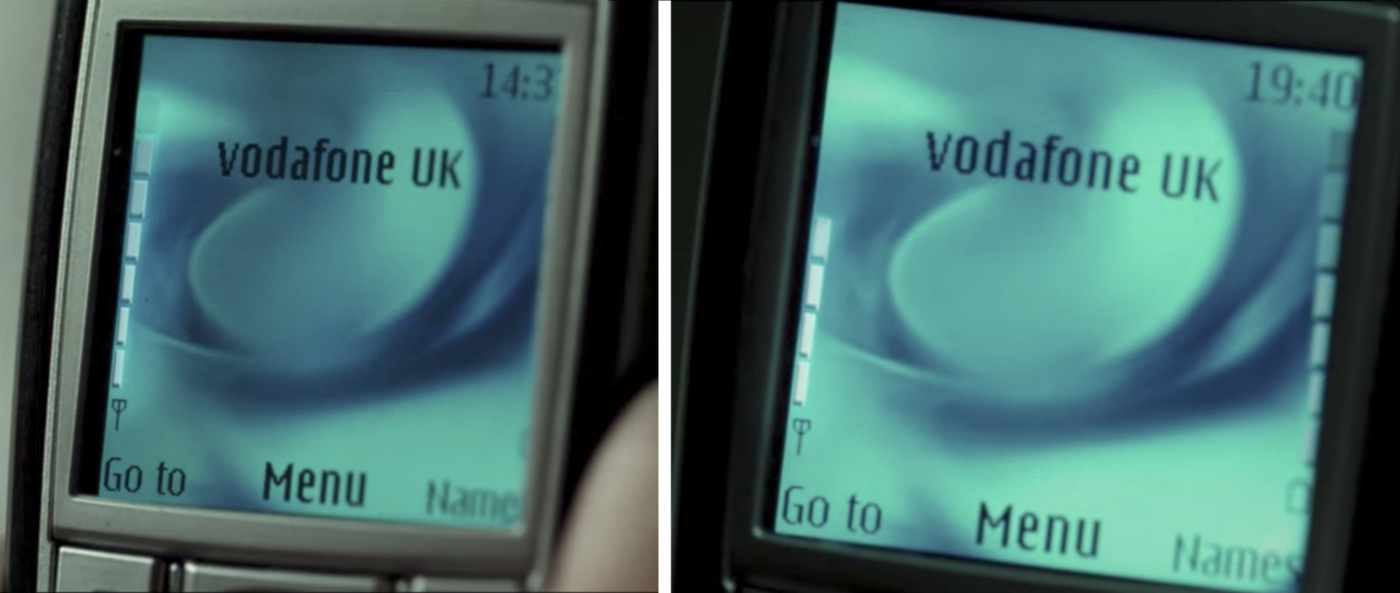
“Our main character always faces forward or to the right, so screen direction is respected.”
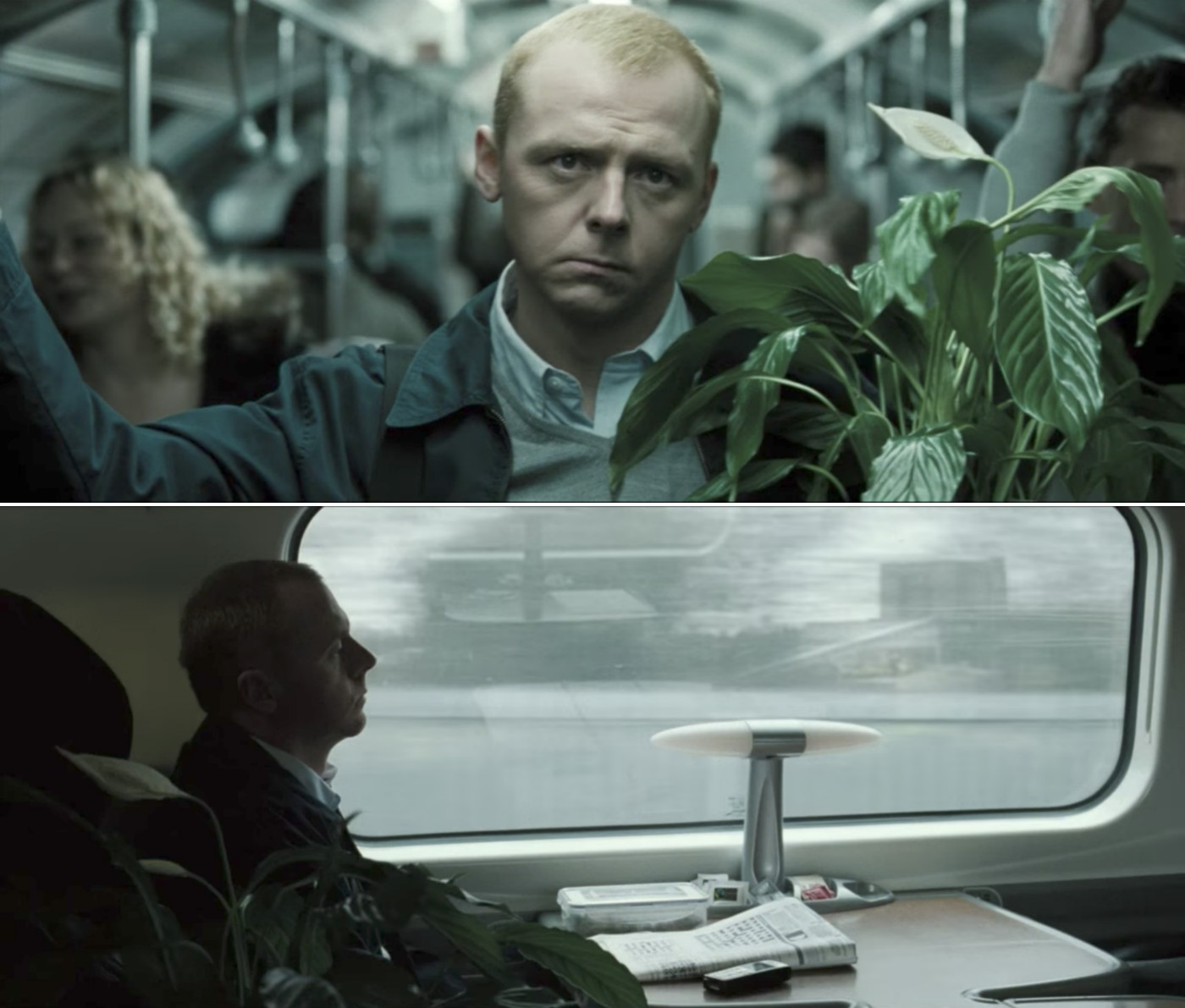
“Turning the music down and the sound effects up is funny because each cut is jarring.”
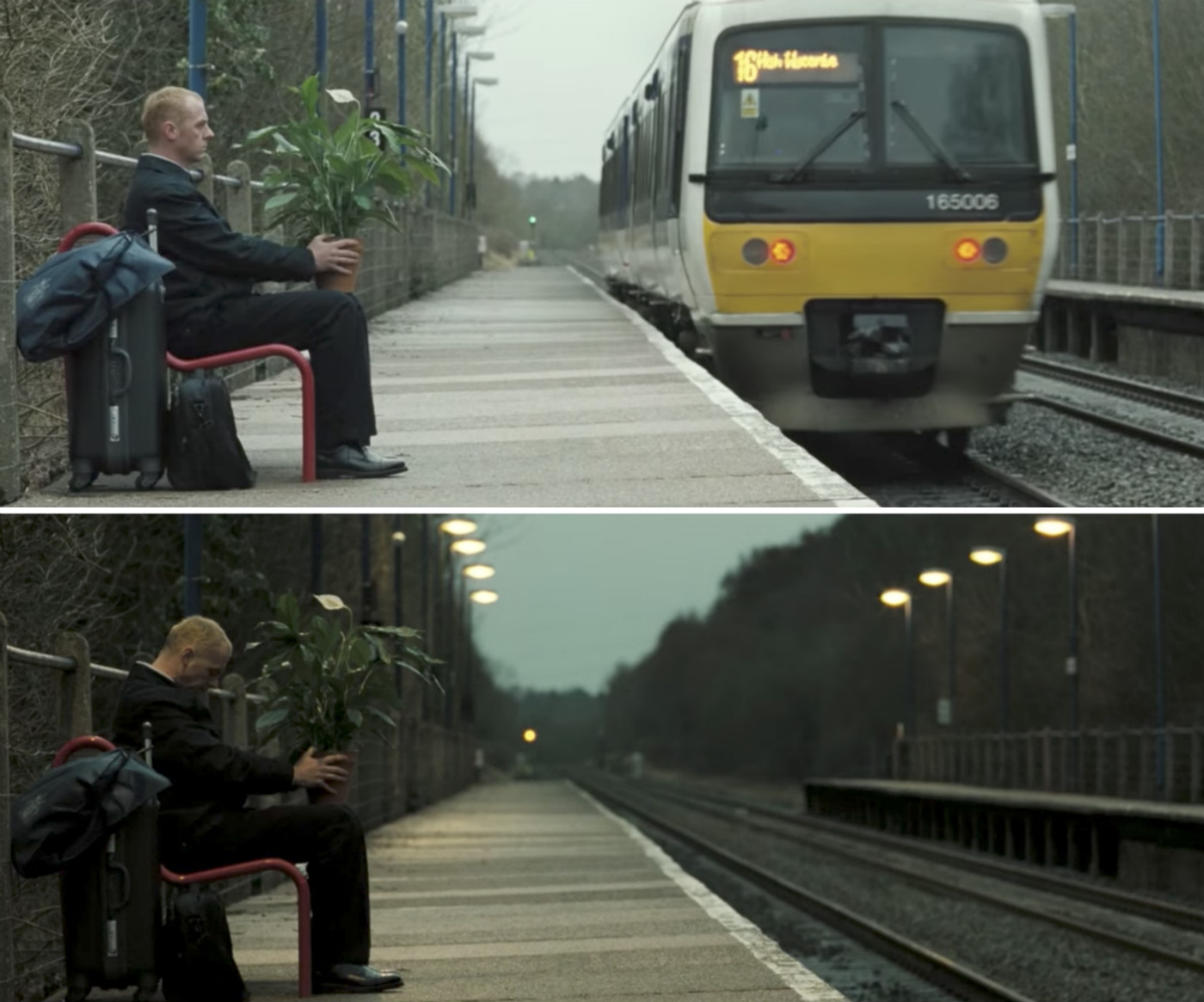
I’ll add to this analysis by also pointing out that the jarring cut from day to night instantly communicates the passage of time.
If you haven’t already done so, treat yourself to this episode of “Every Frame a Painting.” It’s not only enjoyable, but educational.
Get In Rhythm with the Director
One possible challenge for you as an editor when it comes to being aggressive in your cutting is dealing with a director who might be more “married” to the material than you. In those cases, you need to balance your creative decisions with the needs and wants of your director. But you want to be smart about it.
“Be confident in your instincts, but don’t go gung ho and cut everything all at once.” That’s a comment from feature film editor and frequent Frame.io blog contributor Sofi Marshall. She continues, “Remember that the director is significantly more attached to the footage than you are. If you move too quickly, they’ll argue every scene right back in, not wanting to give up too quickly. Move at the right pace, and you’ll notice that neither of you miss much that’s been cut.”
This again echoes one of the sentiments shared by John Gilbert. When I asked him how he works with strong-willed artists like Mel Gibson or Peter Jackson, he talked about the importance of knowing when to pick your battles. Quite frequently, by the time you get to the end of an edit, parts you cut out and might have fought over, you don’t miss at all.
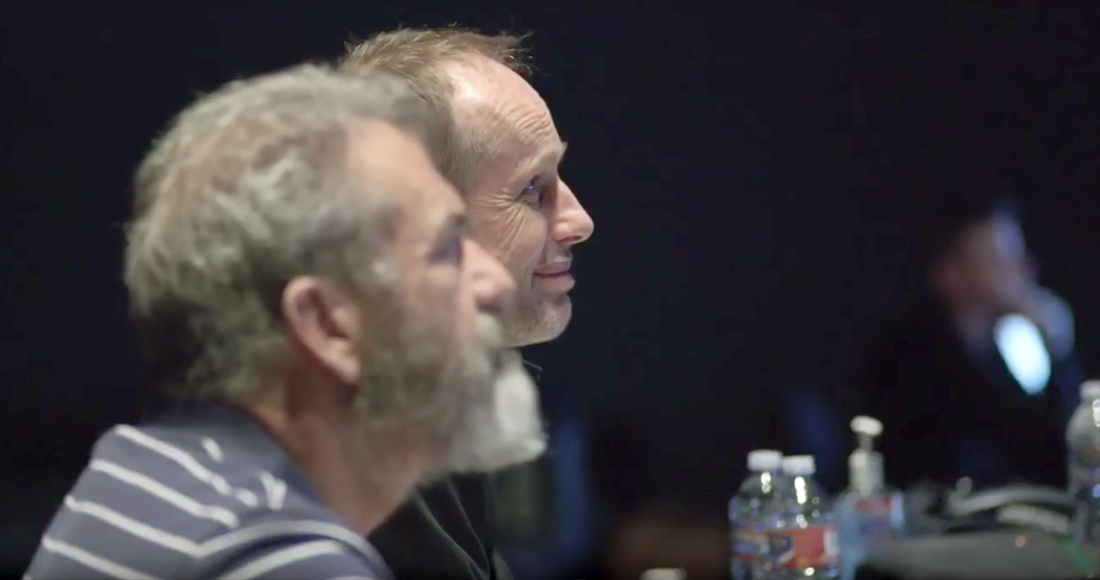
So how do you know when you’ve finished “cutting”? Sofi offers some insight there as well.
“Eventually, you’ll arrive at a version of the film that feels just a bit too fast. This is the sweet spot, where you’ve distilled the story down its bare bones. From here, identify where the rhythm and pacing need work and carefully fill out those beats with moments you genuinely miss, or by drawing out a moment that’s already there.”
This Article Just Got Meta
I contacted a number of editors for this article, and they all gave such great advice. So much so, that I found myself asking the very same questions of this article that I’m telling you to ask of your edit: “At the end of the day, will this particular quote contribute to this article?”
Taylor Tracy is a music video editor who’s cut videos for Demi Levato, Ariana Grande, Niki Minaj and Future to name a few. She put it plain and simple.
“An editor adds to the viewer’s emotion and experience by subtracting moments that are distracting, repetitive, or unnecessary. Ask yourself, ‘Will this moment contribute to make it better?’ While it can be difficult and painful at times to remove clips, it is necessary and critical to being a good editor.”

I was contemplating cutting out Taylor’s quote for the very same reason she gives in this commentary. I wondered if it was feeling repetitive. But, in summing up the article, I actually found myself making the same comment she was making, so I thought, “What the hell. I might as well just keep it.” Let me know if you felt like I was terrible at taking my own advice. 🙂
“An editor adds to the viewer’s emotion and experience by subtracting moments that are distracting, repetitive, or unnecessary.”
Taylor Tracy, Music Video Editor
Shall We Play a Game?
The next time you’re editing a project, play a game. Whatever length you were originally planning to make it, cut it in half. Even if it’s just something you do aside from whatever you submit to a client, or give to your director. Practice cutting your films down. And when they are as short as they can be, cut them some more.


